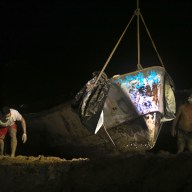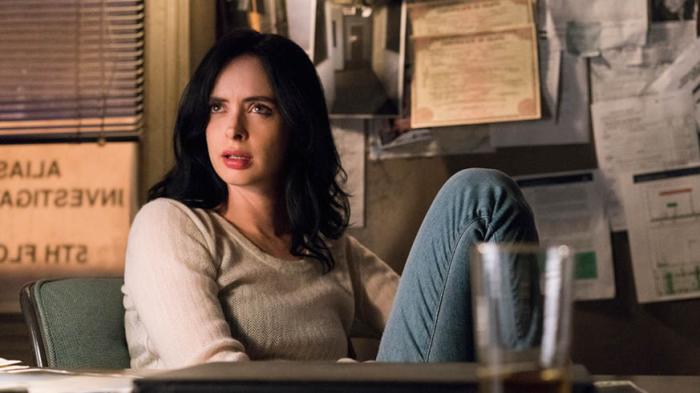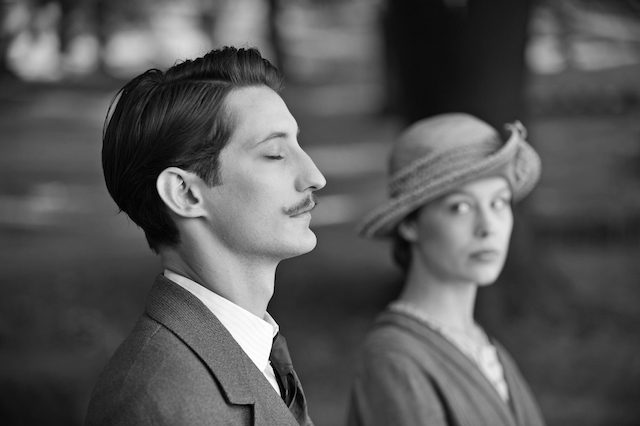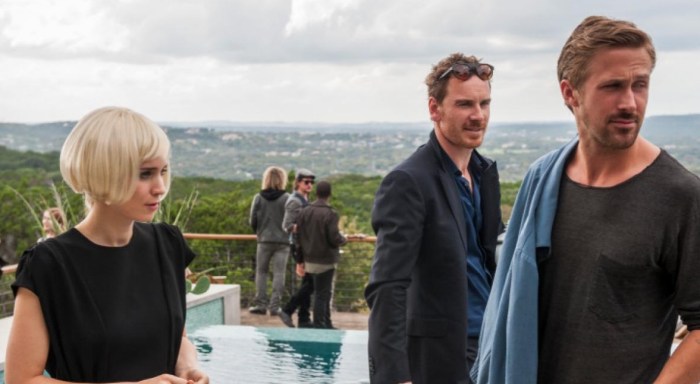‘Fantastic Four’ Movies are hard. What seems like a slam dunk — a beloved source, a roster of overqualified actors, a hot, young director — may, due to an untold number of circumstances, fumble so badly you can see the seams of its undoing. Let’s semi-recklessly speculate that the new “Fantastic Four,” the third stab at Stan Lee and Jack Kirby’s comic fave, crumbles as spectacularly as it does due to the equivalent of Murphy’s Law. Let’s say its filmmaker, “Chronicle”’s Josh Trank found himself in over his head. Let’s say everyone rushed, spastically, to meet a set-in-stone release date. Let’s say the studio gave up on it at a certain point, deciding just to dump a film that isn’t so much a disaster as a half-formed freak. RELATED: You should go see the smart thriller “The Gift” instead of “Fantastic Four” For the record, “Fantastic Four” is honestly merely inoffensively uninspired in its first half, then bad, and finally eye-bulgingly pathetic. It looks like someone gave up on it halfway through, namely when the special effects took over. For awhile there are the seeds of something there, whatever that is. It starts in ’80s Spielberg/Amblin mode, introducing future Mr. Fantastic Reed Richards and to-be-The Thing Ben Grimm as kids, brainiacs working on a teleportation gizmo to another dimension that resembles infant Earth. Instead of getting their powers the classic way — during a space trip — they acquire them by journeying to this other realm. Eventually Victor von Doom (Toby Kebbell), their more hotheaded colleague, gets around to a world-destroying plan that makes no sense and isn’t properly explained anyway. The setup is slow, but that’s not a bad thing. Marvel movies are so cookie-cutter that an origin story that really takes its time is welcome counter-programming. But once everyone’s fitted with their powers the snail pace becomes a flurry of rushed activity. It doesn’t have time to flesh out some of its more intriguing ideas. The Thing (Jamie Bell) becomes a militarized weapon, but we maybe see one shot of him in action, and then from surveillance footage. (Presumably the killer set piece of him mucking up ISIS is trapped on a harddrive.) Trank name-dropped David Cronenberg and his body horror shtick as an influence, but that winds up manifesting itself as mere references: our heroes get plastered before teleporting themselves and come back spliced with other things; Doom’s assault on soldiers sports hard-PG-13 versions of “Scanners”’s bloody head implosions. The writing is never terrific in the first hour, but it becomes Cro-Magnon in the second. There’s some under-motivated business about Mr. Fantastic (Miles Teller) escaping from the military’s clutches, which his comrades see as a betrayal for some reason. Doom gets reduced to the stock villain who slips in for the finale then is anticlimactically dispatched. The whole film is building to our quartet becoming a unit, but that means it’s only building to a groaning lesson in which they realize they must work as a team, with Successories-style dialogue to match. It feels tiny, as well as chaotic and haphazard. The first time “Fantastic Four” was made into a movie was in 1994, but it’s almost technically not even a movie. Roger Corman once owned the rights — in an era when top shelf comics material could be owned by grade-Z huckster — and only filmed it to drive up the price before he sold it, with no intention of releasing it. The Thing looked like he cost three bucks to make, his rock body comprised of purchases at the local arts supply store. The Thing here looks like the CGI equivalent. He doesn’t even sound like Jamie Bell, a terrific actor who looks bored in the two or three times he appears pre-mutation. You can imagine him not returning calls to record his lines. Ditto Kebbell, whose Doom doesn’t have the character’s classic metal-faced look but instead looks like he’s decked in the veiny inner-body costumes from the climax of Bob Fosse’s “All That Jazz.” Alas, that’s not as awesome as it sounds. RELATED: May we also recommend “Ricki and the Flash” over “Fantastic Four”? The boredom is endemic. Teller starts off as a dorkier version of his arrogant upstart routine in “Whiplash,” but it’s underwritten and he fumbles through the part. Eventually he gives up entirely. Kate Mara, as Sue/Invisible Woman, is a one-note killjoy, mostly staring purposefully at computer screens. Michael B. Jordan deploys some one-liners as Johnny Storm/Human Torch, but only because he also has nothing to play. The tone seems to be doing a serious, or at least YA-serious, version of events played too goofily in the last decade’s unloved iteration of the source. But it never feels serious, in part because there’s no feeling for the characters. By the climax — truly one of the lamest and ugliest in blockbuster cinema, set on a boring wasteland that looks like a warehouse still awaiting CGI, followed by a coda that, impressively, is somehow worse — everyone’s suddenly whipping out their old-school, silly catchphrases, but they don’t stick because it’s not that kind of movie. It’s not any kind of movie. It’s like they shot the first draft, whose back-end was written in haste on a diner napkin a half-hour before the script was due to the studio. It nearly feels sadistic to beat on “Fantastic Four,” akin to kicking a sickly child. The only takeaway is that sometimes movies, even blockbusters with about 10 producers, just don’t work out.
Director: Josh Trank
Stars: Miles Teller, Kate Mara
Rating: PG-13
1 Globe (out of 5)
‘Fantastic Four’ is an example of how hard it is to make good movies
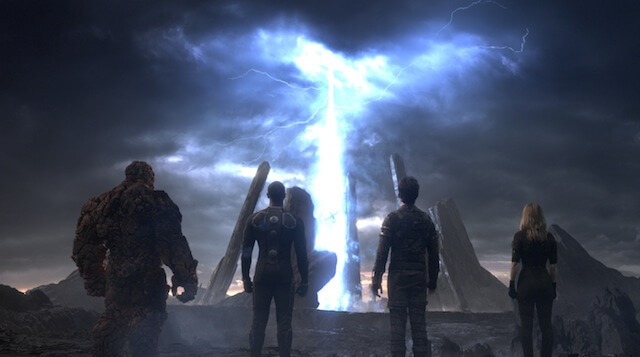
Twentieth Century Fox
Follow Matt Prigge on Twitter @mattprigge







